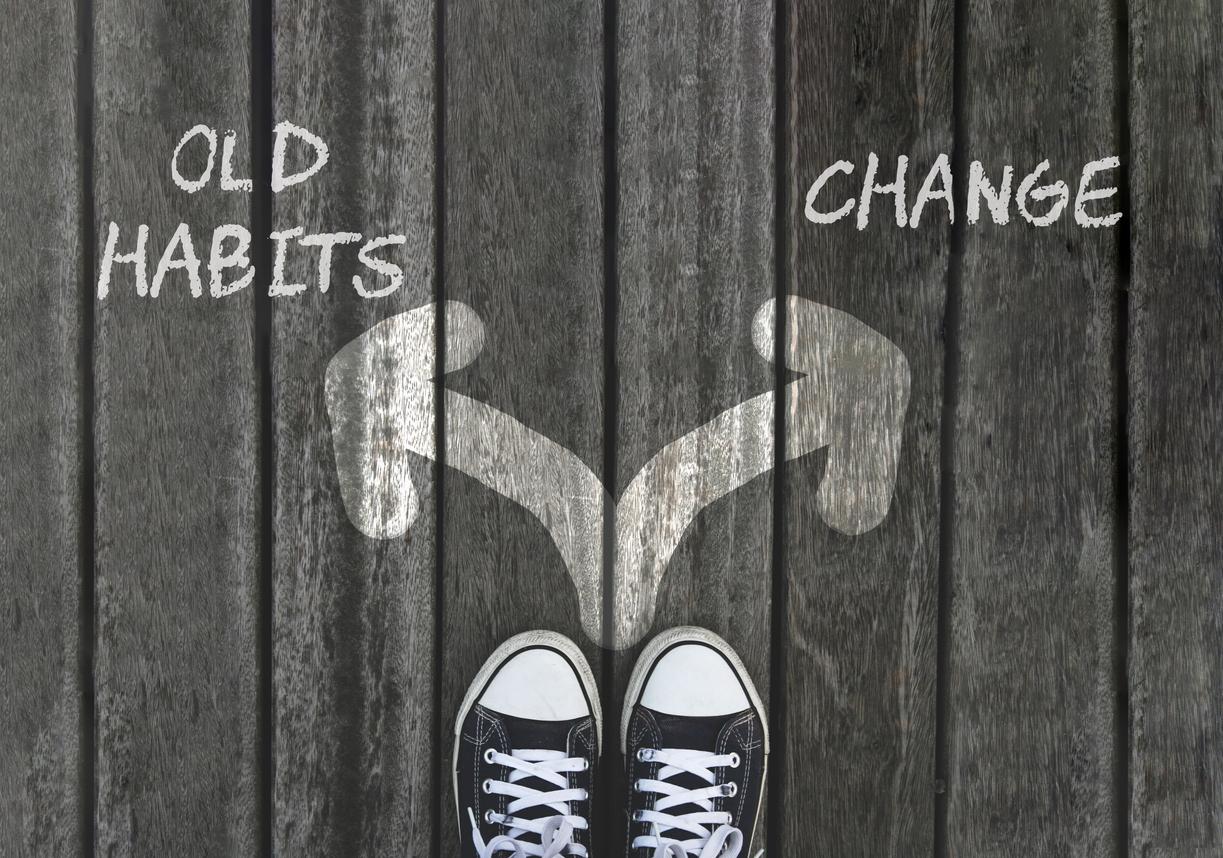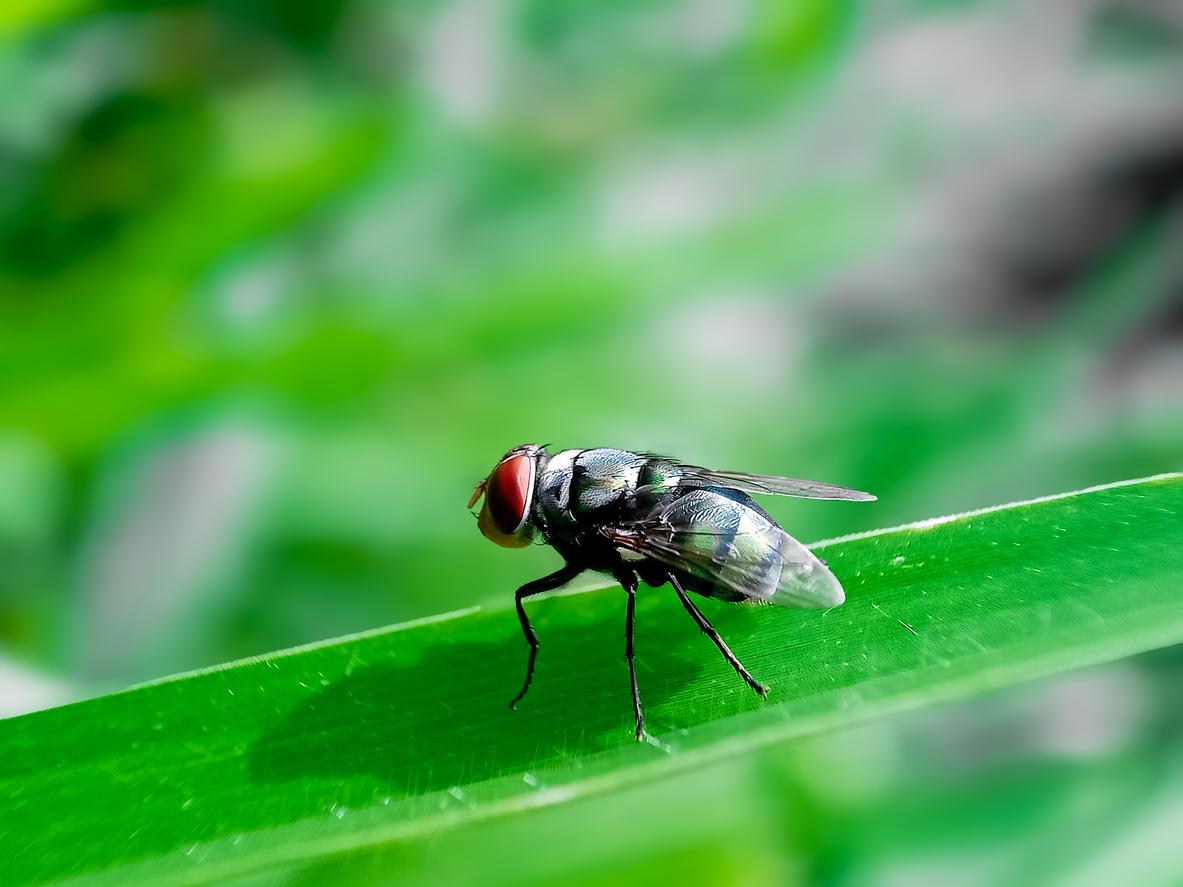Unlike humans, the notion of time in animals is linked to the actions and movements carried out, which in particular allows them to expect a regular event.

- Animals tend to adopt stereotypical behaviors that improve their time accuracy
- They set up a routine action based on physical activity to locate themselves in time
- A phenomenon that is also observed in humans
To adapt their behavior, the animals “develop motor routines that depend on their environment”, announce researchers from theInserm who work at the Mediterranean Neurobiology Institute (Inmed) in Marseille. Unlike humans, it is therefore action and movement that regulate the internal clock of animals. “The close relationship between the body and the brain is particularly relevant to the question of time, since humans show poor accuracy of temporal judgment when they are prevented from counting covertly or openly, and several studies have reported that movements improve the perception of recurring intervalsspecify the researchers in the publication of the study in the journal PNAS. Animals tend to engage in stereotypical behaviors, raising the possibility that motor routines improve time accuracy.”
Rats less accurate when the stopwatch doesn’t depend on their movement
To test animals, the researchers conducted their study on rats. They offered them a sugary drink every seven seconds at the end of a 90 cm long treadmill that went backwards at an adjustable speed. An infrared ray at the end of the carpet made it possible to detect the arrival of the rat and, if the timing is good, to deliver the sweet drop. After about fifteen sessions, the rats managed to arrive at the right time, neither too early nor too late, to receive the reward. The researchers observed that about 80% of the most successful rats were those that developed a routine.wait and run”. These rats started each experiment in the reward zone and then waited for the carpet to bring them back to the end of the course before running steadily towards the reward.
Rats are less accurate when forced to time their approach to reward independent of their movements on the treadmill. To find out, the researchers changed the speed of the treadmill. Rats mostly failed to reach the reward at the right time, as did those who were trained from a stationary mat with a light announcing the start of the countdown. This suggests that “the ability to perform a stereotyped motor sequence tailored to salient features of the environment (here, taking advantage of the overall length of the treadmill and its physical limitations) improves temporal accuracy”, conclude the researchers.
Routine, also present in humans to be located in time
These experiments allowed the researchers to observe that the notion of time in rats depends on movement and routine action. “This experiment indicates that the notion of time does not depend on an internal clock which would have allowed the animal to know that it was necessary to wait seven seconds between two rewards, but on the establishment of a routine based on time. ‘physical activity. This depends both on the animal’s ability to learn, but also on the acquisition of movements dependent on the environment. The animal uses the carpet, the walls, to adapt its gestures and develop this routine”, describes David Robbe who led this work.
This routine phenomenon that punctuates the internal clock of animals is also observed in humans and “help to estimate the time” note the researchers. Our organization performs “regular non-perceptible and unconscious micro-movements such as muscle contractions to better assess itsays David Robbe. A child who counts during a game will, for example, swing his body or his arm to help himself. In humans, the notion of time could therefore also be a matter of movement.” A routine disrupted by confinement which resulted in “upset the notion of time in many individuals”.
.












